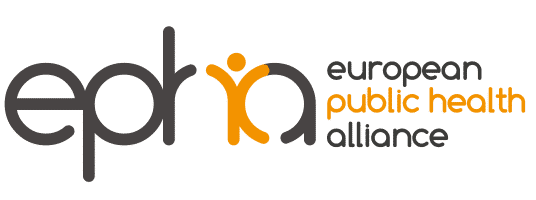Guest article by Natalia Skogberg, chief researcher, Finnish Institute for Health and Welfare for the EU JACARDI consortium
Reduction of health inequities and improving health of groups in vulnerable situations are priority themes in EU health and social policies. But when the time comes for implementation, how should health inequities be addressed? Why is it that despite multiple efforts, health inequities persist, and even widen? Furthermore, is it sustainable to continue putting the highest emphasis on corrective group-level targeted measures instead of focusing on prevention?
No public health without equity, diversity, and inclusion
To sustainably tackle health inequities, the root causes of inequities, that lie in the societal-level factors that regulate the distribution of power and wealth in the society and across population groups, need to be addressed. Furthermore, with increasing population cultural and ethnic diversity, we simply cannot afford to continue designing population-level public health policy and practice for the majority population. A paradigm shift is needed towards diversity integrative and inclusive public health policy and practice.
4Cs conceptual framework for integration of equity and diversity perspectives
Addressing the root causes of health inequities starts with initiating the process of critical reflection on own biases, stereotypes, prejudices, privilege, and position of power, as well as how these impact decisions and actions and are manifested at the societal level. In public health policy and practice, it is particularly useful to apply critical reflection in examining the role of context and data, co-design, and communication.
All actions and individuals are situated within a specific context, which can lead to social advantage or disadvantage. Data is imperative in guiding policy and practice, and it is crucial to be aware how availability or alternatively lack of data, as well as methodological aspects of data collection, interpretation and reporting impact decisions. Co-design through meaningful engagement of the community the measures concern is imperative for creating sustainable and effective policy and practice. Communication can, at worst, alienate and exclude and, at best, it can be accessible and inclusive of diverse populations.
Critical reflection, Context and data, Co-design, and Communication constitute the 4Cs conceptual framework for cross-cutting integration of the equity, diversity and inclusion in the EU Joint Action for Cardiovascular diseases and diabetes (JACARDI), involving 21 countries and 142 pilot projects.
Putting the 4Cs framework into action
Application of the 4Cs framework does not necessarily require significant additional resources, but support and training are needed.
In JACARDI, supporting tools for integration of the 4Cs framework are:
- Masterclasses
- Expert consultations
- The equity and diversity maturity matrix
The maturity matrix is an actionable tool that guides pilots in application of the 4Cs framework at different stages of pilot implementation, from planning to self-assessment and reporting.
Will you be joining us in walking the walk?
More information:
JACARDI-project: https://jacardi.eu/
Disclosure statement: JACARDI has received funding from the EU4Health Programme 2021-2027 under Grant Agreement 101126953. Views and opinions expressed are however those of the author(s) only and do not necessarily reflect those of the European Union or the European Health and Digital Executive Agency (HaDEA). Neither the European Union nor the granting authority can be held responsible for them.
Disclaimer: the opinions – including possible policy recommendations – expressed in the article are those of the author and do not necessarily represent the views or opinions of EPHA. The mere appearance of the articles on the EPHA website does not mean an endorsement by EPHA.
